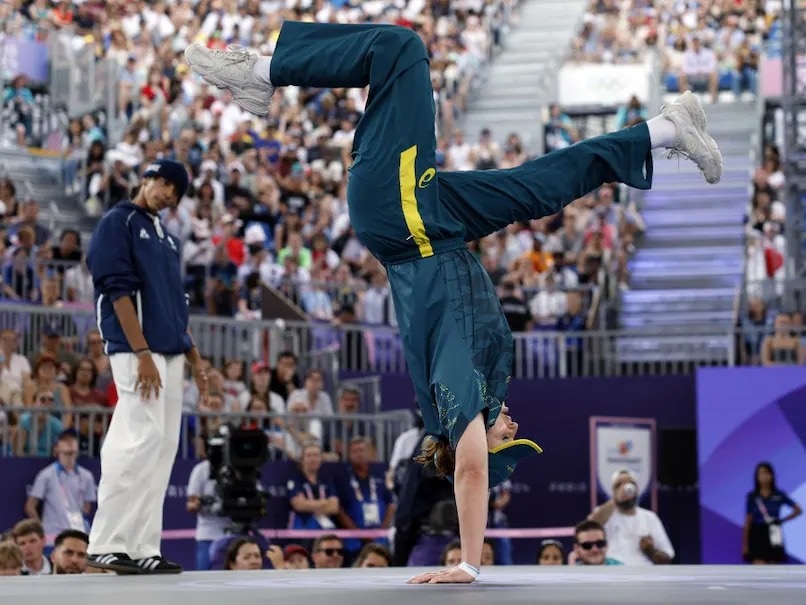The Masters Tournament, held annually at Augusta National Golf Club, is renowned for its picturesque setting and challenging course. However, beneath the surface of its timeless beauty, Augusta National has undergone significant changes over the years, particularly in its length.
When Tiger Woods claimed his maiden Masters title in 1997, the course measured 6,925 yards. Fast forward to 2023, and Augusta has stretched to an impressive 7,555 yards, a testament to the ever-evolving nature of the game.
This gradual lengthening has been driven by several factors. Advances in golf technology, such as improved clubs and balls, have allowed players to hit the ball farther and more accurately. Additionally, the desire to maintain the course’s challenge for the world’s top golfers has necessitated adjustments to its layout.
The most significant changes have occurred on the par-5 holes. The 13th hole, once a reachable par-5 for long hitters, has been extended to 510 yards, making it a more strategic challenge. Similarly, the 15th hole, known as “Firethorn,” has been lengthened to 550 yards, requiring players to carefully consider their approach shots.
While the lengthening of Augusta National has presented new challenges for golfers, it has also preserved the course’s reputation as one of the most demanding tests in the sport. The ability to navigate the course’s increased length and hazards requires a combination of power, precision, and strategic thinking.
As the Masters Tournament approaches, the world’s best golfers will face the daunting task of conquering the ever-evolving Augusta National. The course’s increased length will undoubtedly play a significant role in determining the outcome, adding an extra layer of intrigue to one of the most prestigious events in golf.






